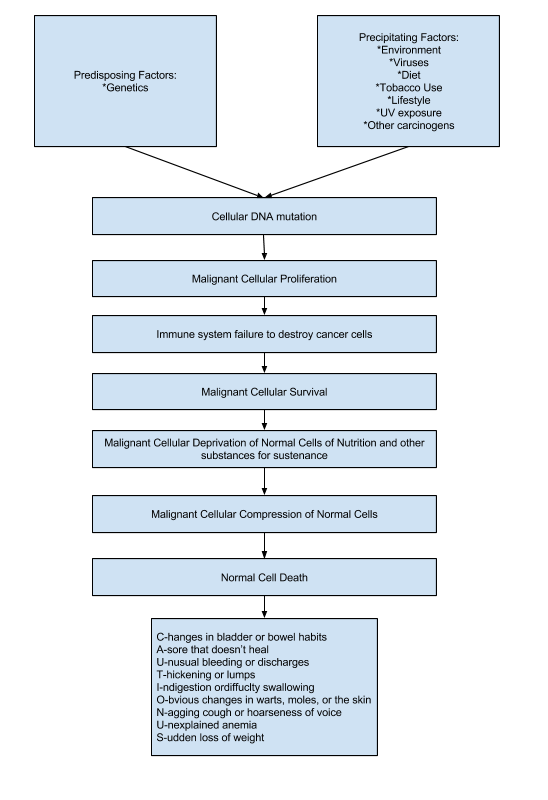A. 100-1000 mg/day
B. 10-30 mg/day
C. 2-8 mg/day
D. 80-160 mg/day
B. 10-30 mg/day
C. 2-8 mg/day
D. 80-160 mg/day
2. Depot preparation for which of the following drugs is not available:
A. Haloperidol
B. Fluphenazine
C. Flupenthixol
D. Pimozide
B. Fluphenazine
C. Flupenthixol
D. Pimozide
3. Which is not an anticholinegic:
A. Trihexiphenidyl
B. Procyclidine
C. Buspirone
D. Benztropine
B. Procyclidine
C. Buspirone
D. Benztropine
4. Fluoxamine belong to which class of drug:
A. TCAs
B. SSRIs
C. MAOIs
D. SNRIs
B. SSRIs
C. MAOIs
D. SNRIs
5. A psychotropic drug commonly used in Tourette disorder is:
A. Haloperidol
B. Phenelzine
C. L-tryptophan
D. Mianserin
B. Phenelzine
C. L-tryptophan
D. Mianserin
6. The reference TCA, against which new antidepressants are tested in
clinical trials is:
A. Clomipramine
B. Amoxapine
C. Imipramine
D. Dothiepin
B. Amoxapine
C. Imipramine
D. Dothiepin
7. The commonly used TCA in obsessive compulsive disorder is:
A. Amitryplyline
B. Clomipramine
C. Nortryptyline
D. Dothiepin
B. Clomipramine
C. Nortryptyline
D. Dothiepin
8. Which drug in the SSRI group of antidepressant has a half-life of 2-4
days:
A. Paroxetine
B. Escitalopram
C. Sertraline
D. Fluoxetine
B. Escitalopram
C. Sertraline
D. Fluoxetine
9. Varenicline is a:
A. Atypical antipsychotic
B. Nicotine receptor antagonist for nicotine dependence
C. Antidepressant
D. Hypnotic without hangover effect
B. Nicotine receptor antagonist for nicotine dependence
C. Antidepressant
D. Hypnotic without hangover effect
10. A drug which is postulated to be an inhibitor of
dopamine-β-hydroxylase, which catalyzes the conversion of dopamine into
norepinephrine,leads to an increase in brain dopamine levels:
A. Disulfiram
B. Phenelezine
C. Aripiprazole
D. Desipramine
B. Phenelezine
C. Aripiprazole
D. Desipramine
11. Who first proposed that lithium has antimanic properties?
A. John Cade
B. Delay and Denikar
C. Eagaz Moniz
D. Hippocrates
B. Delay and Denikar
C. Eagaz Moniz
D. Hippocrates
12. Which of the following term refers to the way the body handles the
drug?
A. Pharmacodynamics
B. Pharmacoceutics
C. Pharmacokinetics
D. Pharmacotherapeutics
B. Pharmacoceutics
C. Pharmacokinetics
D. Pharmacotherapeutics
13. Rivastigmine belongs to
A. Inorganic ions
B. MAOIs
C. Butyrophenones
D. Stimulants
E. Cholinesterase Inhibitors
B. MAOIs
C. Butyrophenones
D. Stimulants
E. Cholinesterase Inhibitors
14. Which of the following statements about benzodiazepines is WRONG?
A. BDZs suppress REM
sleep
B. BDZs prolongs REM sleep
C. BDZs interact strongly with alcohol to produce CNS depression
D. BDZs raise the ECT seizure threshold
B. BDZs prolongs REM sleep
C. BDZs interact strongly with alcohol to produce CNS depression
D. BDZs raise the ECT seizure threshold
15. The most important adverse effect of Zopiclone is:
A. Dependence
B. Bitter taste
C. Convulsion
D. EPS
E. Sedation
B. Bitter taste
C. Convulsion
D. EPS
E. Sedation
ANSWER KEY
|
||||
1. B
|
2. D
|
3. C
|
4.B
|
5.A
|
6. C
|
7. B
|
8.D
|
9. B
|
10. A
|
11. A
|
12.C
|
13.E
|
14.B
|
15.B
|
References
Psychiatry, Third Edition.
Edrs. Allan Tasman, Jerald Kay, Jeffrey A. Lieberman, Michael B. First and
Mario Maj.John Wiley & Sons, Ltd, 2008.



















